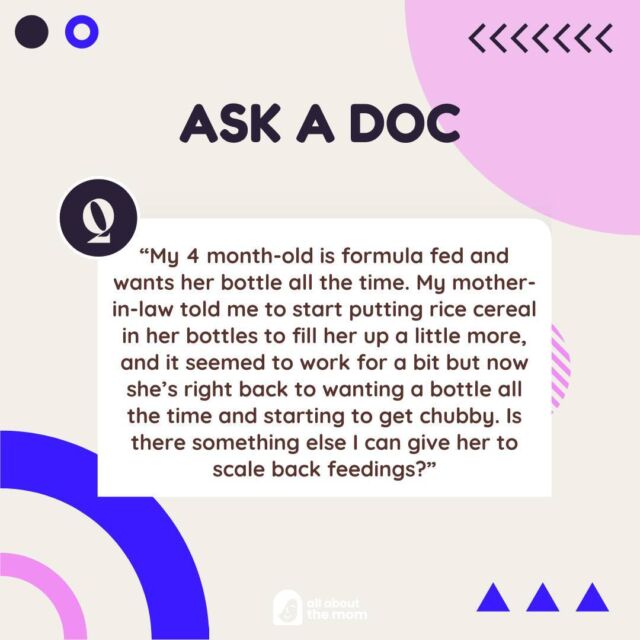More and more women are learning about pelvic floor physical therapy. Hopefully, OBGYNs are recommending it to their pregnant and postpartum patients. According to Lindsay Moses, Doctor of Physical Therapy, postpartum physical therapy is considered the standard of care for women having babies in many countries outside of the US. Below Dr. Moses shares five common reasons women seek treatment during the postpartum period.
- Diastasis Recti – This is the separation of the rectus abdominis muscles, those that run vertically along the front of the stomach, during and after pregnancy. By the end of the 3rd trimester, most women have diastasis recti due to the growing baby stretching the abdominal wall. Although not dangerous in and of itself, it can be indicative of core weakness. When someone has a weak core, they are more at risk for developing musculoskeletal issues such as low back pain. Core strength and stability are crucial for optimizing our physical health and well-being both in the short and long term.
- Urinary Incontinence – Although leakage of urine is a common problem at various stages during a woman’s lifespan, it should never be considered normal, even in very small amounts, Dr. Moses says. Leakage can affect quality of life in a significant way, prohibiting women from participating in the activities that bring them joy. Urinary incontinence can be associated with a trigger such as a cough or sneeze but can also occur with a sense of urgency to void. Wearing a pad is of course an option in the short-term but should not be considered a long-term solution.
- Constipation Fluctuating hormones during and after pregnancy often be affect the bowels. Many women will report intermittent periods of constipation and straining to defecate. Chronic straining to have a bowel movement can put undue pressure on the pelvic floor, contributing to other types of dysfunctions such as pelvic organ prolapse. Learning the correct way to defecate, including proper posture and breathing mechanics, can be beneficial.
- Pain with vaginal penetration – Many women report experiencing some degree of pain upon resuming intercourse postpartum. This could be due to perineal tearing during a vaginal delivery and associated scar tissue, muscle tension, vaginal dryness (often due to hormonal changes) or pelvic organ prolapse. In addition to the possibility of physical issues driving the pain, there is often a strong mind-body connection and fear of penetration. This apprehension can cause vaginismus where the muscles of the pelvic floor tighten and “put up a wall” of sorts, in anticipation of experiencing pain. This can make penetration difficult and, in some cases, impossible.
- Pelvic Organ Prolapse – Many women experience prolapse after childbirth. One or several different organs are susceptible including the bladder, urethra, rectum, small intestine, and uterus. Prolapse can create a sensation of pressure, can contribute to leakage, urinary urgency/frequency or difficulty emptying the bowels or bladder. Some women will notice a bulge when wiping or bathing that they were not aware of previously. Women with prolapse are often scared to exercise or perform some basic, daily functions for fear of exacerbating their symptoms.
Dr. Moses recommends finding a provider who takes a holistic approach when getting treatment for these issues. Focusing solely on the pelvic floor Is not likely to yield the desired outcome. Posture, strength, pressure management, range of motion and alignment can affect the above issues, and all should be addressed when considering an effective rehab program.
















